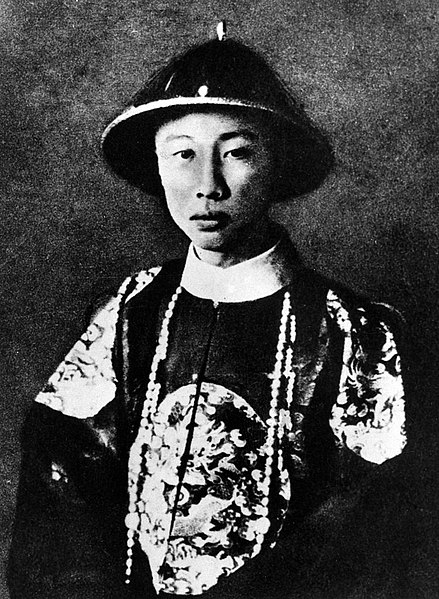Southern Liang (Sixteen Kingdoms)
The Southern Liang was a dynastic state of China listed as one of the Sixteen Kingdoms in Chinese historiography. Members of the ruling Tufa clan were of Xianbei ethnicity and distant relatives of the Tuoba imperial house of the Northern Wei dynasty. According to the Book of Jin, the surname of the ruling house was changed from Tuoba to Tufa because one of the Tufa ancestors was born on a blanket, and in the Xianbei language, "Tufa" meant "blanket."
Image: Sixteen Kingdoms 400 AD (2)
Image: Sixteen Kingdoms 410 AD
The Hutai Ruins (虎台遗址) in present-day Xining, Qinghai, one of the few remains of the Southern Liang.
For most of its history, China was organized into various dynastic states under the rule of hereditary monarchs. Beginning with the establishment of dynastic rule by Yu the Great c. 2070 BC, and ending with the abdication of the Xuantong Emperor in AD 1912, Chinese historiography came to organize itself around the succession of monarchical dynasties. Besides those established by the dominant Han ethnic group or its spiritual Huaxia predecessors, dynasties throughout Chinese history were also founded by non-Han peoples.
A depiction of Yu, the initiator of dynastic rule in China, by the Southern Song court painter Ma Lin.
A photograph of the Xuantong Emperor, widely considered to be the last legitimate monarch of China, taken in AD 1922.
Image: Han Guangwu Di
Image: Liu Bei Tang







